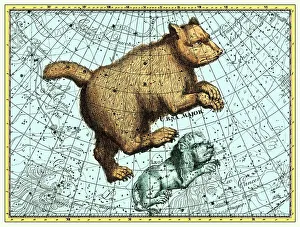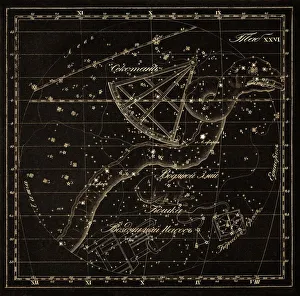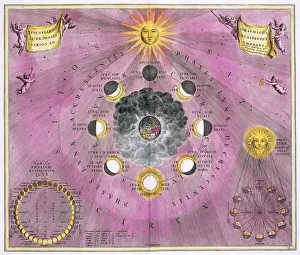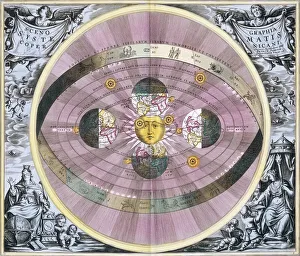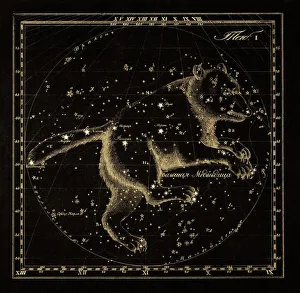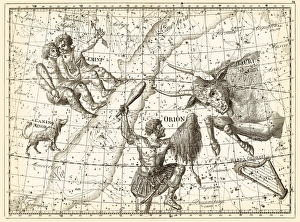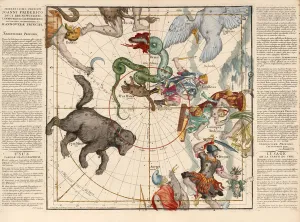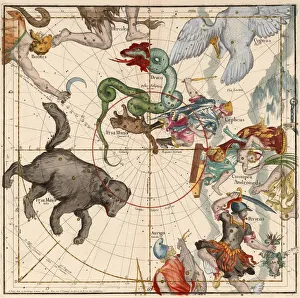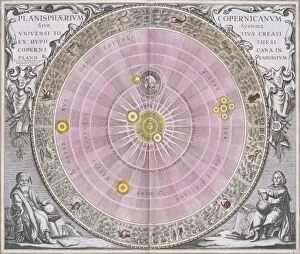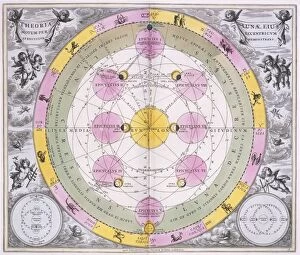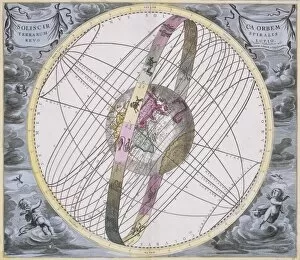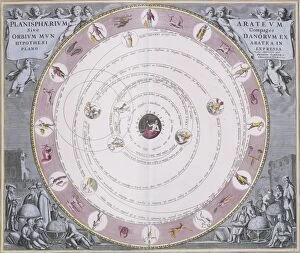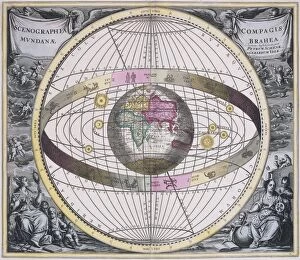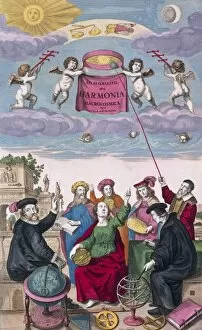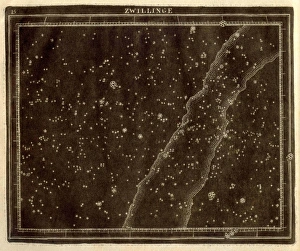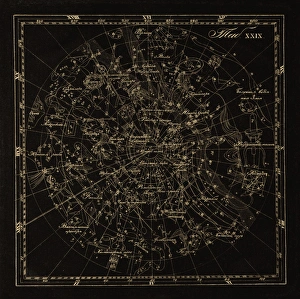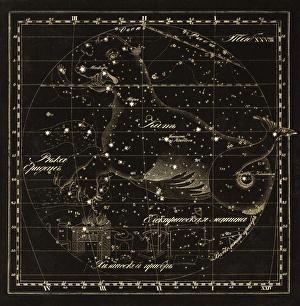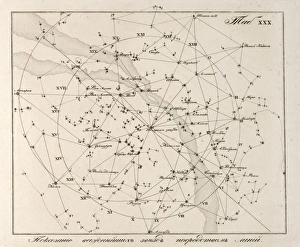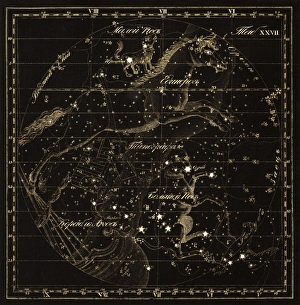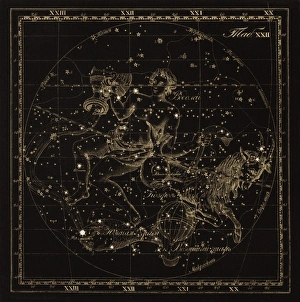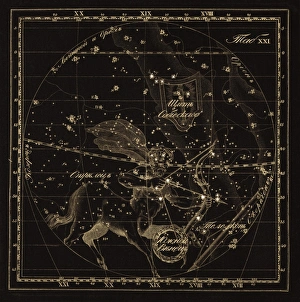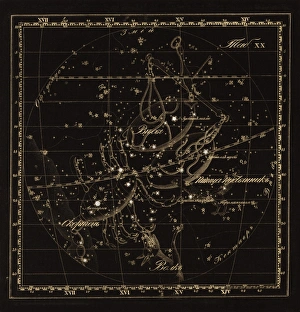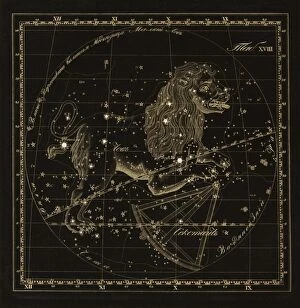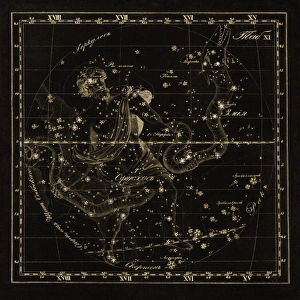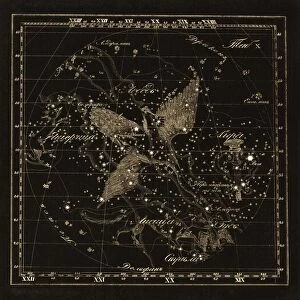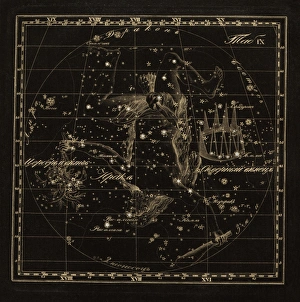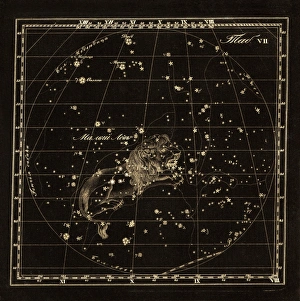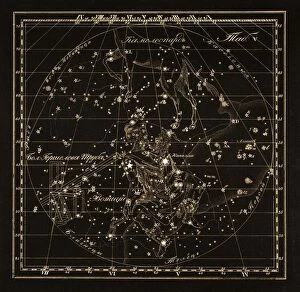Star Atlas Collection
Exploring the vast expanse of the night sky, the Star Atlas takes us on a celestial journey through time and space
All Professionally Made to Order for Quick Shipping
Exploring the vast expanse of the night sky, the Star Atlas takes us on a celestial journey through time and space. In 1708, amidst a Copernican worldview, the Bode Star Atlas unveiled its intricate depiction of Ursa Major constellation, guiding astronomers and stargazers alike. This remarkable atlas also captured the ever-changing phases of the Moon, offering a glimpse into our lunar companion's mesmerizing transformations. Fast forward to 1829 when Hydra constellations made their debut in C016 / 4412 edition of the Star Atlas. Joining this cosmic tapestry was none other than Ursa Major constellation itself in C016 / 4387 edition. These additions expanded our understanding of the universe and ignited curiosity about distant galaxies. Plate 1 from Globi coelestis in tabulas planas redacti descriptio transported us to the North Pole, revealing an awe-inspiring view that left observers spellbound. Dating back to both 1674 and later in Christianized constellations edition from 1708, these plates showcased how different cultures interpreted and incorporated their beliefs into heavenly formations. The Copernican planisphere featured prominently in Gill's Cape Observatory study as it unraveled new insights into planetary motion and revolutionized astronomical research. Meanwhile, Roberts stellar pantograver brought forth stunning visual representations of stars with unparalleled precision. Throughout history, star atlases have not only served as navigational tools but also cultural artifacts bridging science and spirituality. From ancient civilizations to modern-day explorers like ourselves, these captivating maps continue to inspire wonderment as we unravel mysteries beyond our earthly realm.

